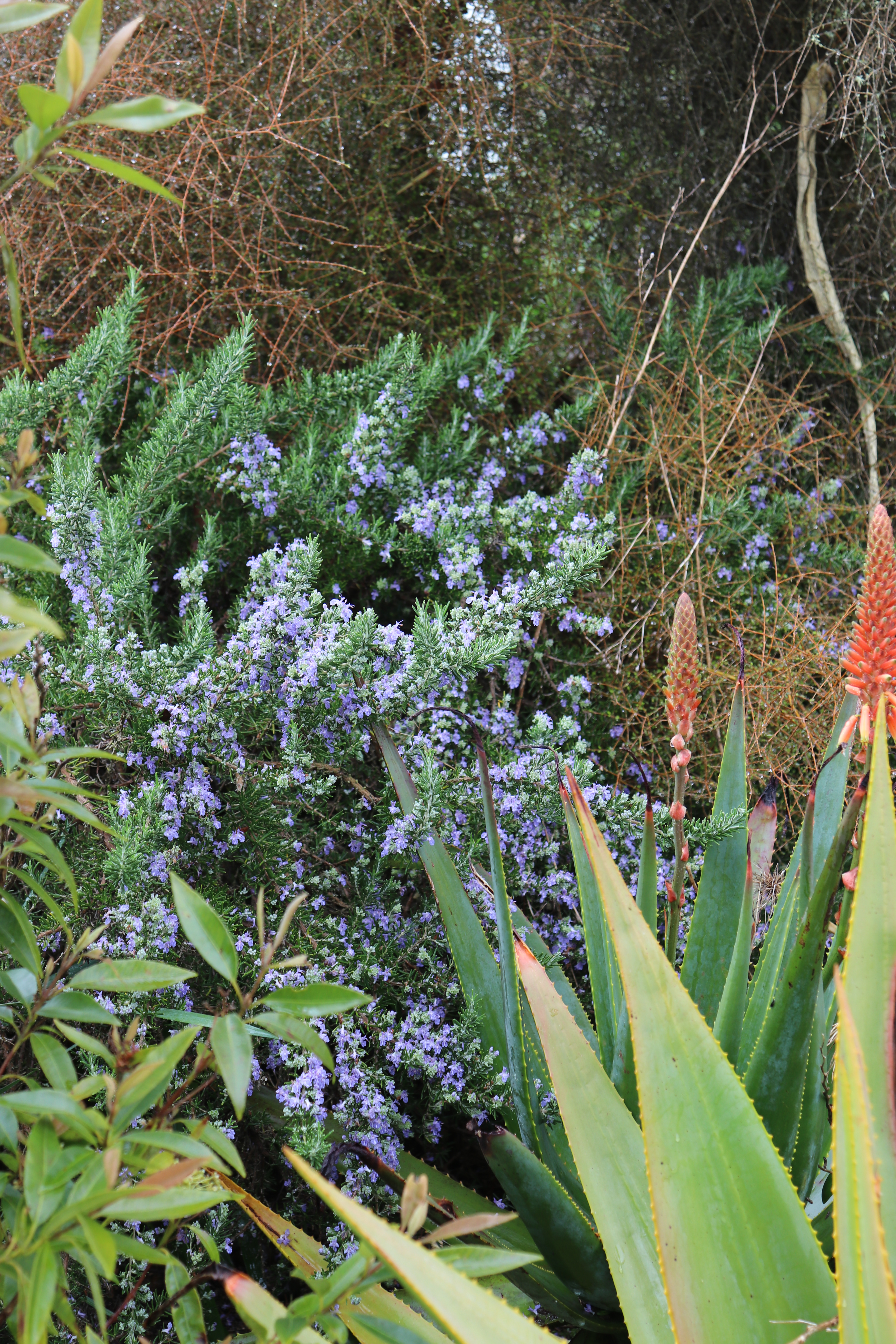Physical characteristics
An
Flowers and foliage
Leaves are small, narrow and pointed, dark
Preferred site
Prefers
Preparation for planting
Always choose healthy, well-grown
Maintenance tips
Apply an organic mulch
Ecological and biodiversity benefits
Attracts beneficial pollinators to the garden.
Pests and diseases
No issues but will rot in
Location at Auckland Botanic Gardens
Herb garden




.jpg?width=1200&height=1200&v=1d4024dceb89e50)

.jpg?width=1200&height=1200&v=1d5569224d63650)
 .jpg?width=1200&height=1200&v=1d4024df6ce2770)
.jpg?width=1200&height=1200&v=1d55676a892f2b0)
 .jpg?width=1200&height=1200&v=1d4024e3b65f7f0)